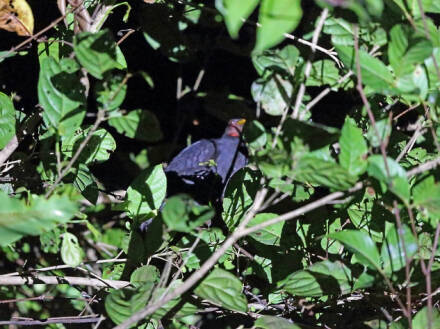
Biak Scrubfowl (Megapodius geelvinkianus).The diet of the megacan is mainly plant flowers, seeds, fruits, etc. The megapod has created a complete brooding system without having to incubate its own eggs directly. Laying eggs near a very hot volcano or uncooled lava; Some go to the beach to incubate t...
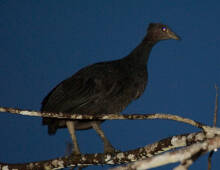
The common Megapodius freycinet, also known as Dusky Scrubfowl, is a species of megapod fowl in the family Megapodius.Common megapods eat mainly plant flowers, seeds, fruits, etc., but also invertebrates (reported to have snails and beetles in their stomachs). The breeding season is February-March o...
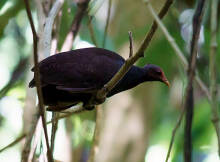
Melanesian Scrubfowl (Megapodius eremita).The diet of Melanesian megapods is mainly plant flowers, seeds, fruits, etc. The megapod has created a complete brooding system without having to incubate its own eggs directly. Laying eggs near a very hot volcano or uncooled lava; Some go to the beach to in...
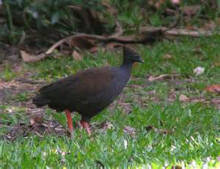
New Guinea Scrubfowl (Megapodius decollatus).The diet of New Guinea megapods is mainly plant flowers, seeds, fruits, etc. The megapod has created a complete brooding system without having to incubate its own eggs directly. Laying eggs near a very hot volcano or uncooled lava; Some go to the beach to...
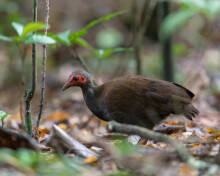
The Sula Scrubfowl (Megapodius bernsteinii) is a large terrestrial bird endemic to Indonesia.It is active at night, mainly at dawn and dusk. Temperament is withdrawn, often alone activity, even in breeding season is rarely paired activity. Weak in flight, but very good at running. Likes to make loud...

Malleefowl (Leipoa ocellata), no subspecies.The pheasant is very timid and cautious, and will run away or hide in a tree when in danger. Although they are active, they are immediately stationary when disturbed, using their body's ability to camouflage to avoid. They also have a variety of ways t...
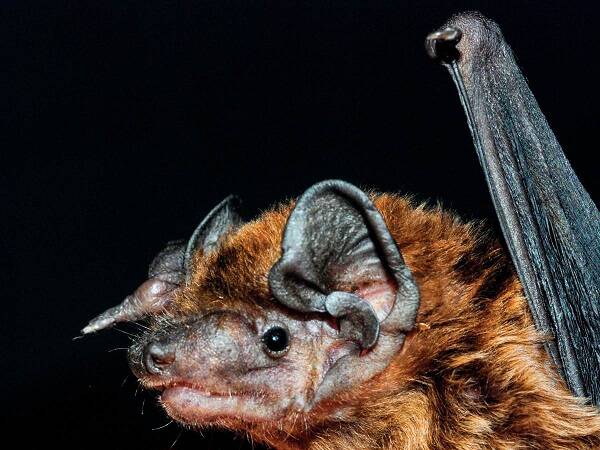
The Chinese bat lives in old buildings, tree holes and caves. The cluster is usually lurking in the ceiling mezzanine, eaves and wall cracks, sometimes with the pipistrella, brown bat and the same habitat. The pregnancy period is about 2 months, the lactation period is 6-7 weeks, and each fetus is 1...
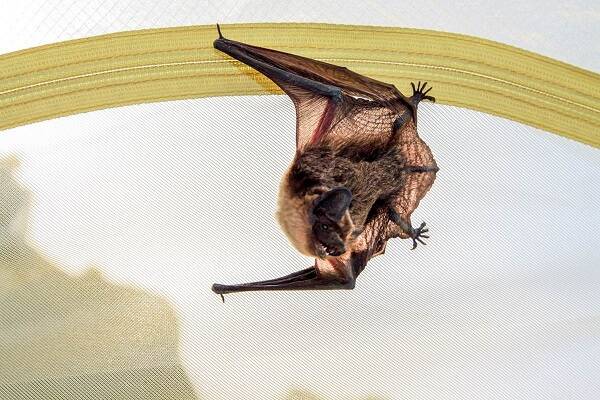
Brown bats live in small groups. Generally, more than 10 clusters are active, and many are about 100. Mating before hibernation, females do not ovulate. The following spring ovulation is fertilized by sperm stored in the uterus. Gestation period 50 ~ 60d, 5 ~ 6 months to give birth. Lactation period...
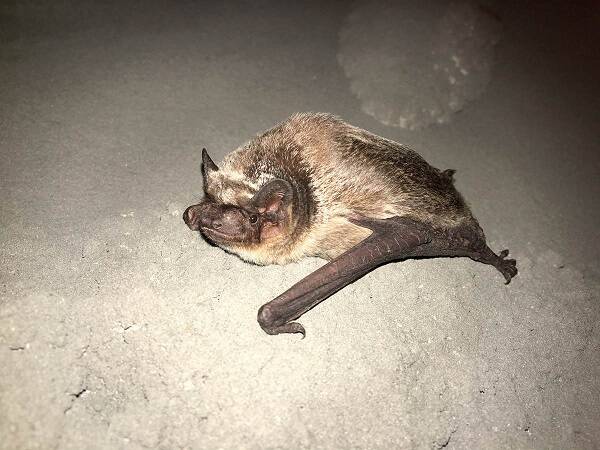
Eastern bats belong to human animals, often inhabit all kinds of artificial buildings, such as houses or building roof frames, ceilings, door and window frames and bridge gaps, can crawl or hang upside down in the gap between the roof beams of the shed. The number of populations varies greatly, few...

The Mountain Beaver (Aplodontia rufa) has seven subspecies.Mountain beavers live in burrows like most other rodents and have a good sense of smell and touch, relying less on sight and hearing. Eating plants, including their shells, can eat species such as cuckoos and nettles that are toxic to other...
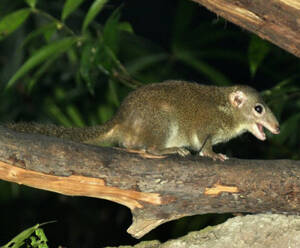
The common tree shrew (Tupaia glis) is a genus of tree shrew with no subspecies. Good climbing, mostly on trees, vines or shrubs, but also on the ground. Diurnal. Insects as the main food, but also eat young birds, mice and some wild fruits. Will communicate by smell and sound, when threatened, will...
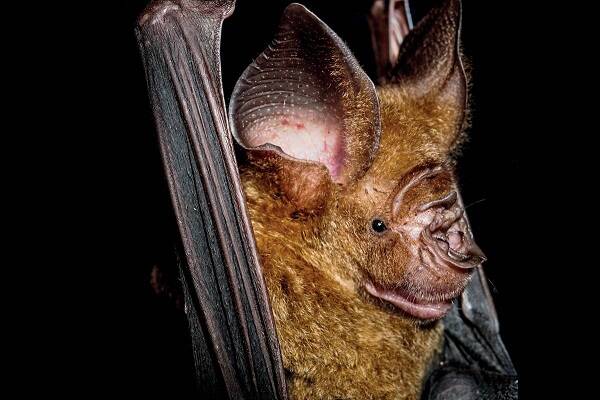
The Przewalski's bat is a large bat that lives in large, damp, dark caves. In large groups of dozens or hundreds of bats, many other bats can be seen in the same hole, but they do not mix. Go out at night. It eats insects. Because the males of this species form particularly well-developed skin l...
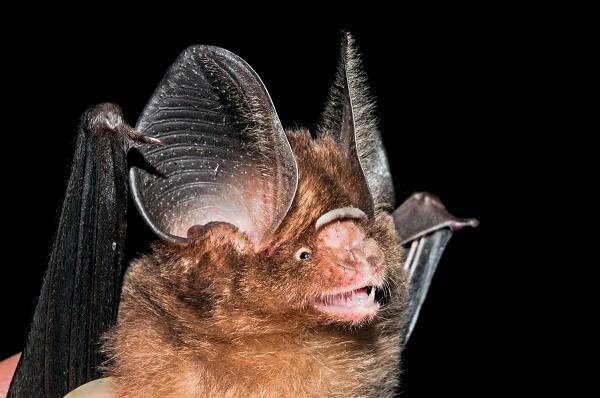
Lesser hoofed bats are smaller. It lives in wet caves or abandoned bomb shelters. It is a relatively common species, usually gathering tens or hundreds of large groups, and other species of bats can be seen in the same cave. Nocturnal activity. Insectivorous, mostly lepidoptera insects.Fly in the ev...
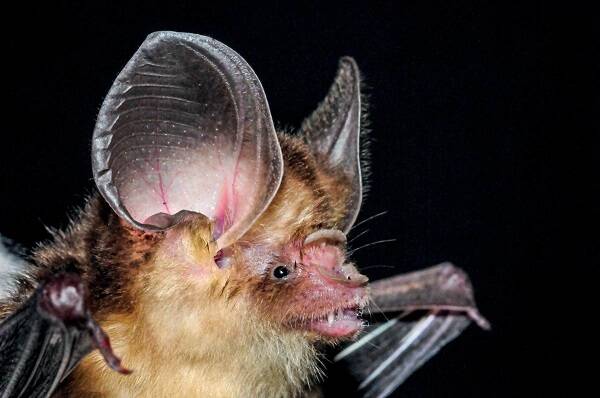
The grey horseshoe bat is a cave bat. About 50 species were found in the air raid shelter of Zhidong Village, Mingjiang Town, Chongzuo Ning, Guangxi. It is found in Gulong Cave and Shuangbai Mine in Yuanjiang, Yunnan. Also living in the same caves are the small hoofed bats...
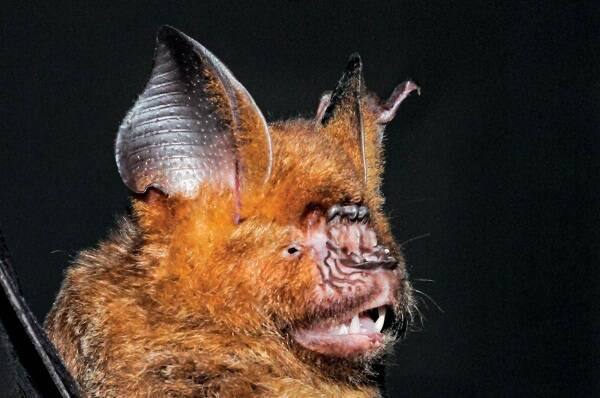
The big horseshoe bat is very large, with forearms up to nearly 100 mm, ears are also large, triangular, hair is long and dense, body color changes, back color smoke brown or even black brown, belly color gray brown, some purple brown.Large horseshoe bats often live in tens or hundreds of individual...

Symphalangus syndactylus (scientific name: Symphalangus syndactylus) is called Siamang in foreign language, and has no subspecies.Symphalangus syndactylus is a diurnal animal that likes to live in small groups as a family unit. It is a monogamous primate, usually consisting of 5 individuals in a gro...
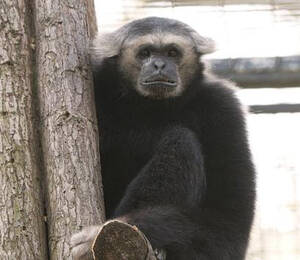
Pileated Gibbon (scientific name: Hylobates pileatus) is also known as Pileated Gibbon in English. It has no subspecies.Pileated gibbons usually form a family of 4, including an adult male and an adult female, and the rest are semi-adult and young gibbons, with an adult male serving as the leader. G...
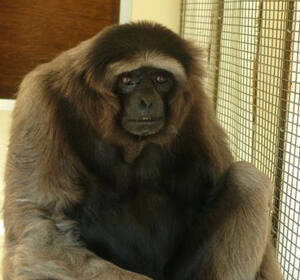
The gray gibbon (scientific name: Hylobates muelleri) is also known as Müller's Bornean Gibbon in English. It has three subspecies.A family of gray gibbons usually consists of 4 individuals, including an adult male and an adult female, and the rest are semi-adult and young gibbons, with an adul...
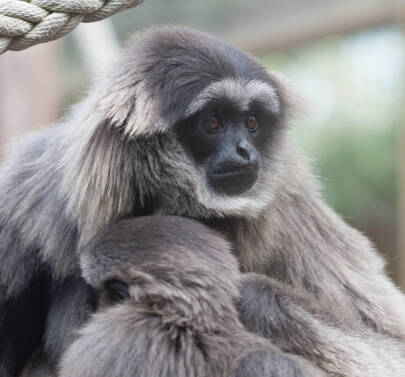
Silvery Javan Gibbon (scientific name: Hylobates moloch) is called Silvery Javan Gibbon in English. There are 2 subspecies.Silvery Javan Gibbon usually gathers in small groups of families, usually 4. Among them, there is an adult male and an adult female, and the rest are semi-adult and young gibbon...